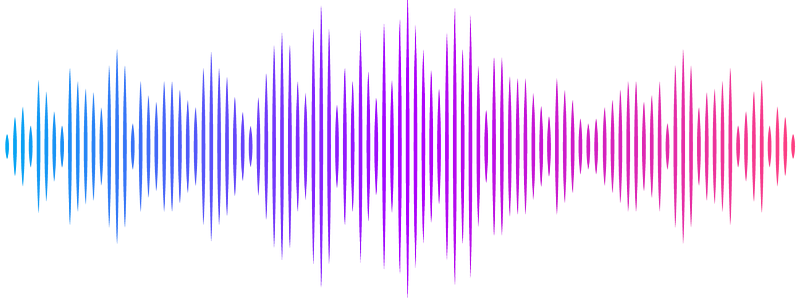Reduced leaf numbers due to shade avoidance allows sugar beet to maintain biomass under drought stress

Reduced leaf numbers due to shade avoidance allows sugar beet to maintain biomass under drought stress
Ballenger, J. G.; Adjesiwor, A. T.; Ewers, B. E.; Weinig, C.; Kniss, A. R.
AbstractThe physical environment is complex even in managed agroecosystems, and plants often experience multiple stressors such as light competition and drought simultaneously. Phenotypic responses to multiple stressors may exhibit tradeoffs or constraints, such that harvestable yield is reduced In this study, we investigate how sugar beets respond to combinations of neighbor presence, resource competition, and water stress, and test the hypothesis that shade avoidance cues from neighboring vegetation may cause yield loss similar to, or even greater than, resource depletion by neighboring vegetation. Sugar beets were grown in 19L pails surrounded by Kentucky bluegrass (Poa pratiensis). Competition treatments included shade avoidance only where B. vulgaris leaves were exposed to reflected light from neighbors without shading or root competition, shade avoidance plus root interaction where crop and competitor roots interacted, and no competition as a control. Sugar beets in each competition treatment were subjected to 3 levels of irrigation: 100% of estimated evapotranspiration (ET), 80% ET and 60% ET. When grown without drought stress (100% ET), the shade avoidance treatment had 16% less root biomass compared to the no competition control (P = 0.007); however, under the most severe drought treatment (60% ET) root biomass was similar between the shade avoidance and no competition treatments (P = 0.48). Under 60% ET, plants in the shade avoidance only treatment produced 15% fewer leaves (P < 0.001) but 14% greater leaf area (P = 0.049) compared to the no competition control. The reduced number of leaves produced due to shade avoidance resulted in less structural tissue to be maintained under drought stress, and thus provides a potential benefit to shade avoidance responses that are not directly related to avoiding shade.


